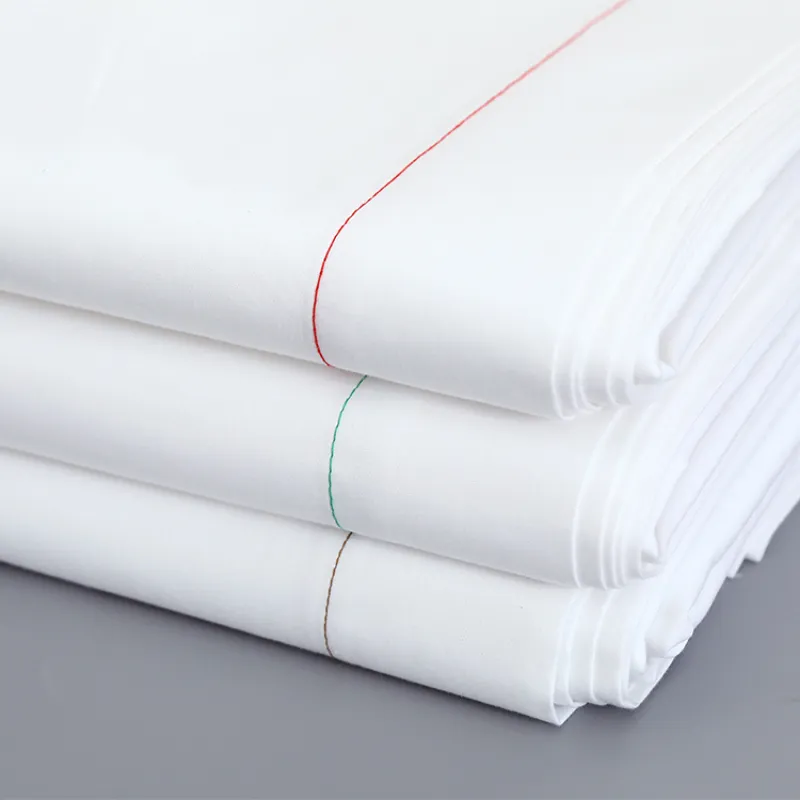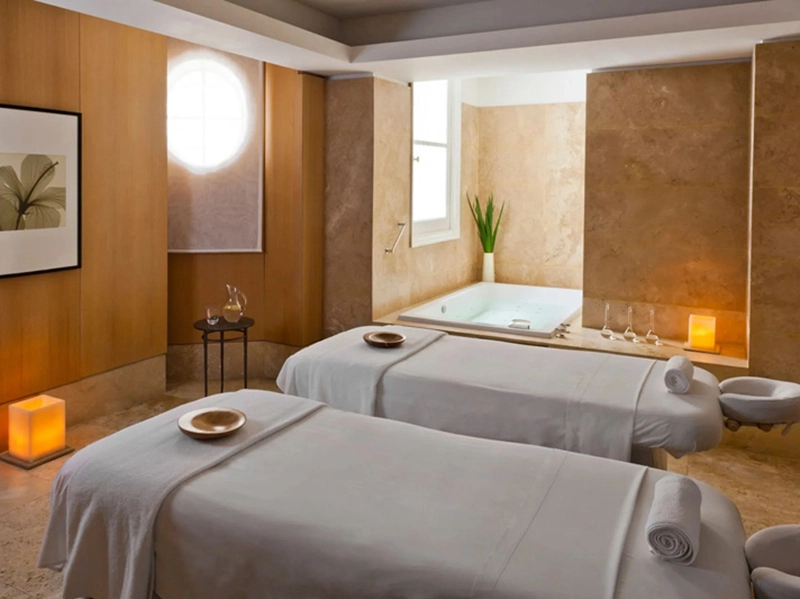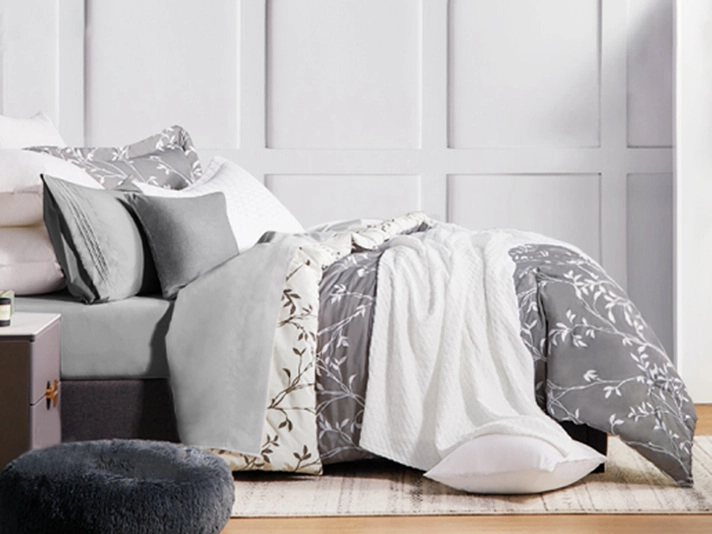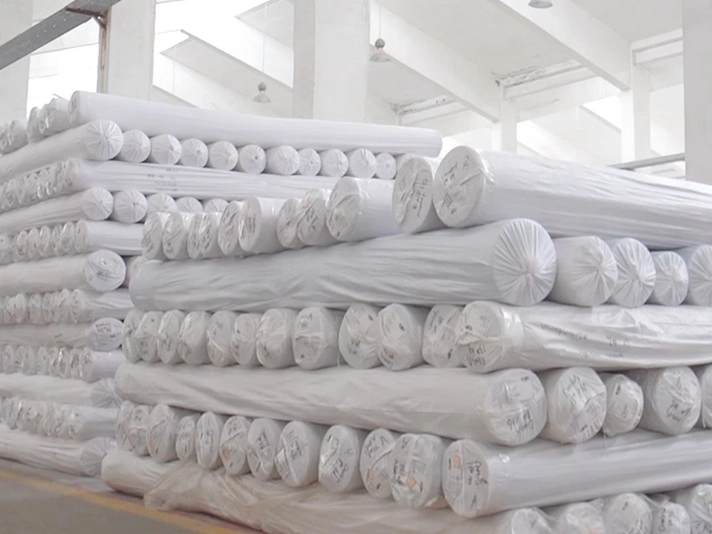Understanding the Benefits and Features of Hydrocotton in Modern Textile Applications
What is Hydrocotton?
Hydrocotton is a revolutionary textile innovation that is gaining popularity in the world of fabric production. It combines the benefits of cotton with advanced technology to create a unique fabric that offers enhanced performance, comfort, and versatility. This article explores the characteristics, advantages, and potential applications of Hydrocotton, providing insights into why it has become a notable choice for consumers and manufacturers alike.
At its core, Hydrocotton is a special type of cotton fabric that has been treated to absorb moisture more effectively than traditional cotton. The process involves a particular treatment that modifies the natural fibers of cotton, allowing them to maintain their soft and breathable qualities while also significantly enhancing their ability to wick moisture away from the skin. This makes Hydrocotton an ideal choice for activewear, sportswear, and other apparel where moisture management is crucial.
What is Hydrocotton?
In addition to its moisture-wicking properties, Hydrocotton is known for its durability and resilience. The treatment process enhances the structural integrity of the fibers, making them less prone to wear and tear over time. This durability is particularly appealing for manufacturers aiming to create long-lasting clothing and textiles that can withstand the rigors of everyday use and repeated laundering. Furthermore, Hydrocotton retains the softness and comfort associated with traditional cotton, ensuring that wearers enjoy a pleasant tactile experience.
what is hydrocotton

Sustainability is another important aspect of Hydrocotton. As the demand for eco-friendly textiles continues to rise, consumers are increasingly seeking out fabrics that boast sustainable credentials. Hydrocotton is often produced using environmentally friendly practices, including organic cotton sourcing and responsible manufacturing processes. This alignment with sustainability trends makes Hydrocotton an attractive option for brands looking to appeal to environmentally conscious consumers.
Beyond its use in apparel, Hydrocotton can also be utilized in various textile applications, including home furnishings, towels, and bedding. Its moisture-wicking abilities make it suitable for bath towels and shower curtains, providing fast-drying benefits that enhance hygiene and convenience. Additionally, in bed linens, Hydrocotton can contribute to a comfortable sleep environment by regulating temperature and moisture levels.
The versatility of Hydrocotton makes it a valuable addition to the textile market. From sportswear to home textiles, its unique properties cater to a wide array of consumer needs. As manufacturers continue to innovate and explore new applications for this fabric, it is likely that Hydrocotton will become increasingly prevalent in both niche and mainstream markets.
In conclusion, Hydrocotton represents an exciting development in the realm of textiles, merging the natural qualities of cotton with advanced moisture management technology. Its benefits in terms of comfort, durability, and sustainability position it as a noteworthy option for consumers and manufacturers alike. As awareness of Hydrocotton grows, it is well on its way to becoming a staple in various applications, transforming the way we think about and interact with everyday fabrics.
-
Creating a Spa Day with Plush Waffle Bath RobesNewsAug.14, 2025
-
How to Cut Linen Maintenance Costs by 30% with Proper Polycotton IroningNewsAug.11, 2025
-
Elevating Comfort and Quality with the Right Bed LinenNewsJul.07, 2025
-
Bedding Essentials: From Percale Sheets to White Quilts, Finding Your Perfect Sleep HavenNewsJul.07, 2025
-
Choosing the Right Bedding for a Comfortable and Stylish BedroomNewsJul.07, 2025
-
Understanding the Diverse World of Towel TypesNewsMay.29, 2025
-
The Ultimate Comfort: Discover the Benefits of Polycotton SheetsNewsMay.29, 2025






